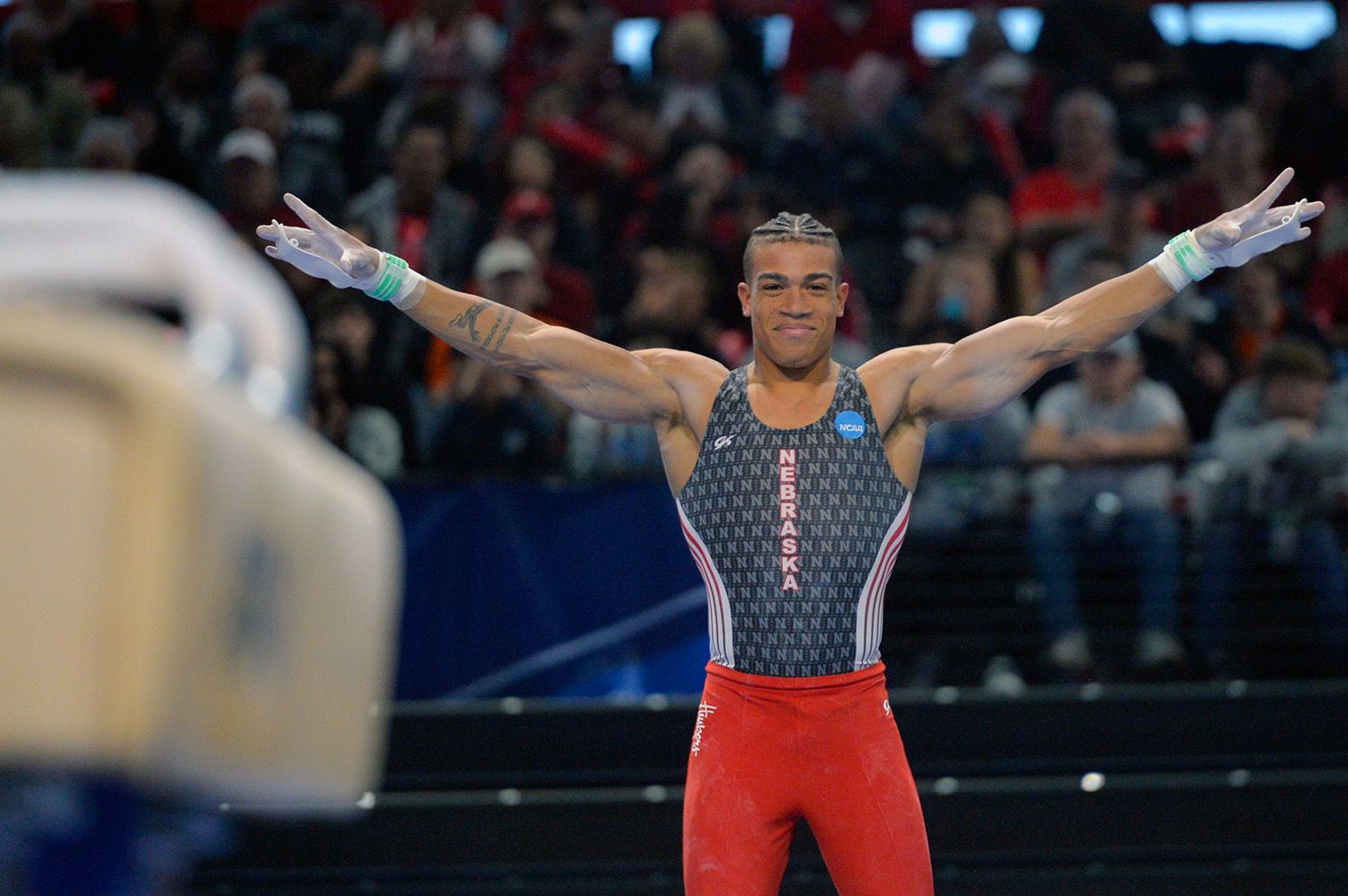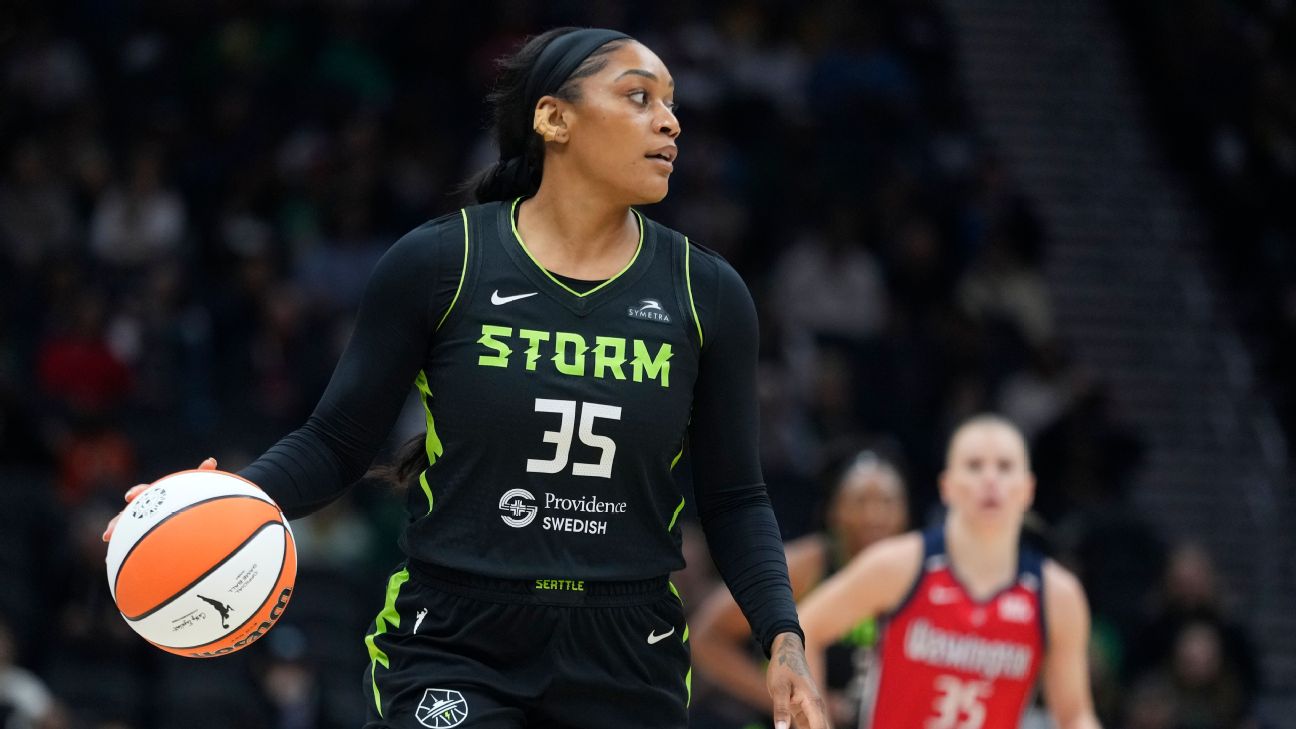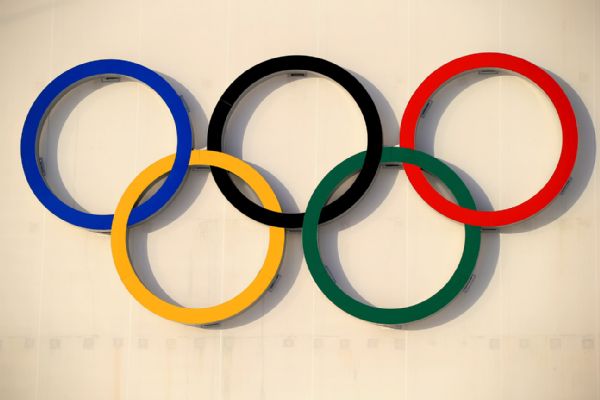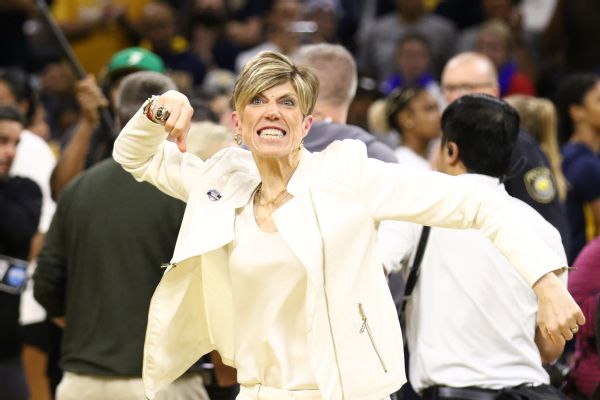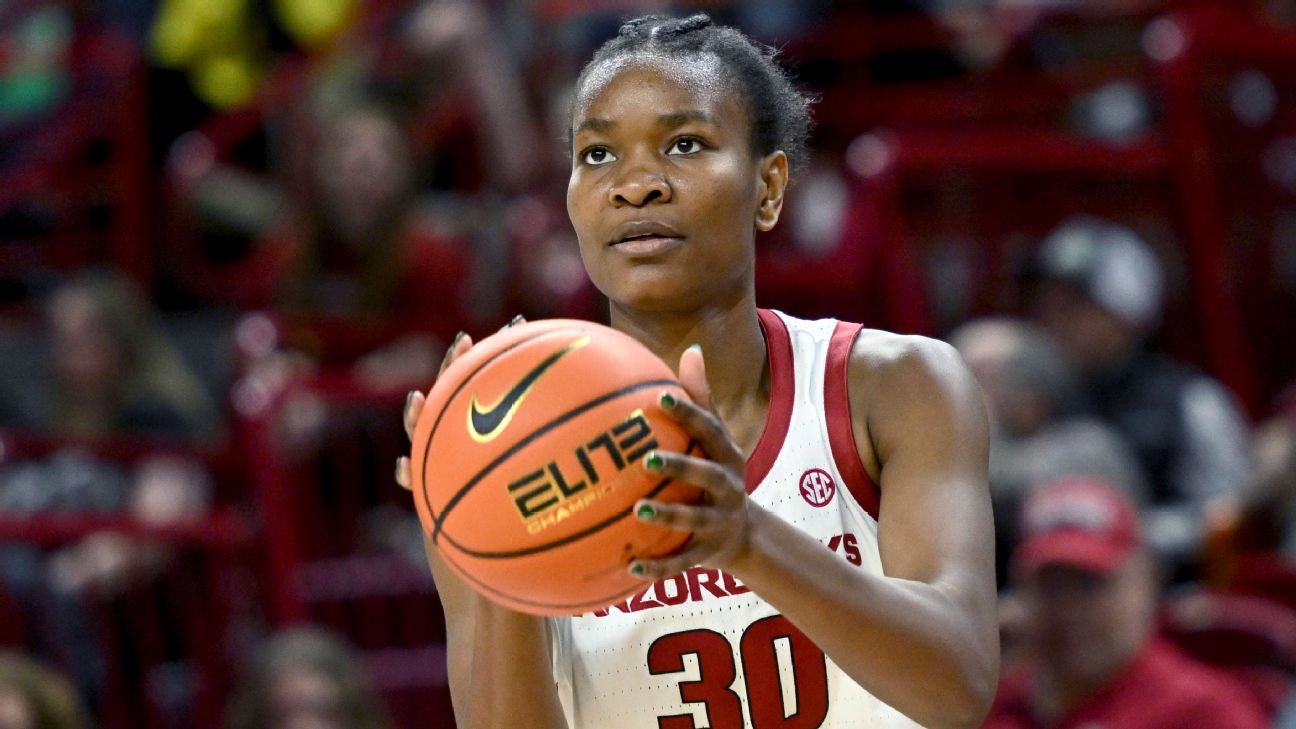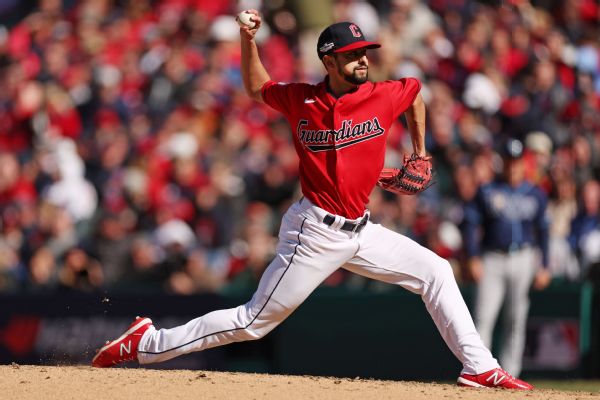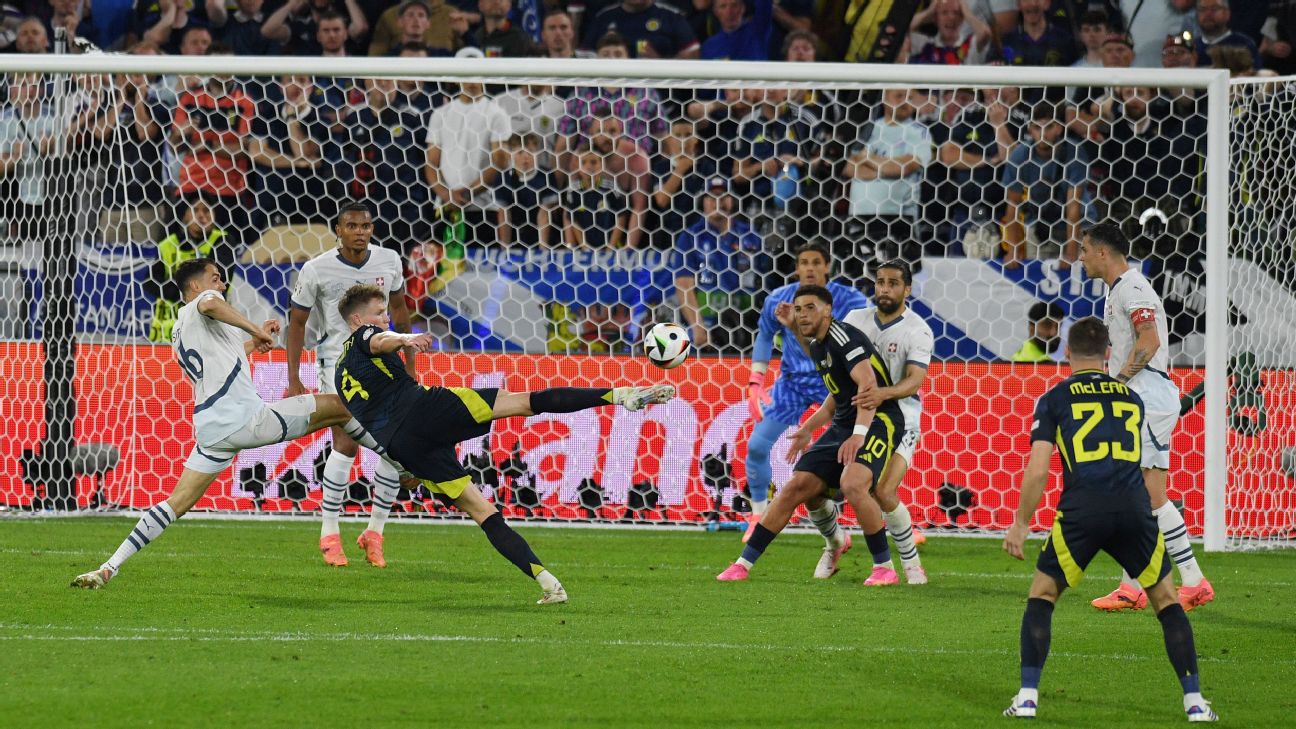![cricket:image:1438637 [900x529]](https://a.espncdn.com/i/cricket/cricinfo/1438637_900x529.jpg)
Clark s double-double lifts Fever to 3rd win in row
It is 10:30am on a Tuesday in Dallas, Texas, and Nepal are about to play cricket against Netherlands in a World Cup. As sporting events go, it is as unlikely as they come.
Furthermore, to take the situation from the unlikely to the borderline hallucinogenic, far from the Grand Prairie Stadium being empty for this group stage match between two Associate nations thousands of miles from home, it is packed with 5500 Nepalis, creating a raucous atmosphere.
"I have to say the fans were amazing," beamed Dutch bowler Logan van Beek at the innings break. "I'm not sure whether we are in Dallas or Nepal."
Those scenes were repeated a week later in Florida, where despite Nepal's fixture against Sri Lanka being rained off, thousands of fans filled the stands and danced and sang as the rain continued to fall.
As one fan's sign read, "If ICC schedules matches for Nepal in the moon. Nepalese fans will be there." You don't doubt it, given that many of the fans arrived at the ground around the time a local weather warning was sent in Florida instructing people not to travel.
Nepal's love affair with cricket is well known. Packed stands in Kathmandu are the norm, and billboards in the cities are adorned with cricketers as opposed to footballers. But how that passion has translated to full stands in America, less so.
The Nepali American community is the fastest growing Asian population in the United States. At the turn of the century, the diaspora numbered 7858 people, according to United States Census Bureau data. It is now over 200,000, with some estimates placing it closer to 300,000.
The Nepalese civil war from 1996 to 2006 was the catalyst for many to leave the country, as was the major earthquake in 2015 that killed almost 10,000 people. The Nepali Centre for the Study of Labour and Mobility estimates that 1700 people leave Nepal every day in search of employment.
Eight years ago, one of those people was Binod BK, now an area manager for Amazon, who was in the stands for Nepal's rained-off match against Sri Lanka.
"I moved here to do my Master's," he says. "It was after the earthquake, so I moved to America to study and I found a lot of opportunities.
"A lot of people [from Nepal] move to different countries, but everybody wants to come to America, right? It's the American dream."
While everyone's story is unique, the two most common starting points are America's Diversity Visa programme, also known as the green-card lottery, and student visas.
Introduced in 1990, the programme makes 55,000 visas available each year to nations that have historically had low levels of immigration to the USA. Nepal has been one of the main beneficiaries of the programme. In the 2024 release, they received the third-highest allocation of visas in Asia, just under 4000. The number of applicants from 2024 is not yet available, but in 2020 it stood at over 600,000 from Nepal and 14 million globally.
"I tried three or four times [for the diversity visa]," Binod says of his own experience, before he successfully applied for his student visa.
According to the US International Institute of Education, Nepal's student population is the 11th largest in the USA, standing at 15,000. A remarkable statistic considering that only 25 years ago there weren't even 10,000 Nepalis in America, full stop.
The growth of the Nepali population in the USA bodes well for the growth of cricket in the country.
Much of the current expansion of grassroots cricket in America is due to second- or third-generation South Asian families wanting their children to play the sport - and in that respect, Nepal is 20 years behind.
The Nepali population in America is incredibly young. The median age in America is 38, the median age of an immigrant is 47 (seemingly high because people move as adults and then have children in the US, which doesn't factor into the figure), and the average Nepali American is 30. Many of these young Nepali immigrants, such as Binod, will go on to gain sponsorship for a career and look to settle down and have families.
"I have a three-year-old son," says Sanjay Sharma, who moved from Nepal to Dallas in 2003. "And I definitely want him to get into his cricket. Although he's born and brought up here, you want that inheritance of a Nepalese identity to come though, right? That's what happened with the Indian community and that's what happened with the Pakistani community as well."
The World Cup has galvanised the Nepali population in America, with people travelling from far and wide to support their country as much as to attend a cricket match.
"It's not only the cricket community," Sharma explained of the crowds you see on TV. "But non-cricketing people as well. Some of them have never watched a game of cricket, but it's about, 'Hey, my country's playing, my birthplace', so they want to come and witness it and it's just word of mouth [that makes it spread]."
Before the match against Netherlands, hundreds of people attended a fan event hosted in Dallas by cricket broadcaster Andrew Leonard.
"We've had one in each city," says Leonard. "Dallas was crazy. It just stops you in your tracks that down there in Texas we had about a thousand people coming in… I spoke to people who'd come from, I think, over 35 of the 50 states."
Leonard is himself Irish but has become an adopted son of Nepal after covering cricket in the country on over 25 occasions. Such is his association with the country, he has been given the nickname Taklu Dai - meaning bald older brother - by Nepal fans.
"It's both disparaging and complimentary at the same time," Leonard laughs. "There was a bit of a controversy over whether or not the fans thought it was okay and whether I would like it, but I love it.
"One of the things I adore about Nepal is that they've got an incredible sense of humour. And for me, I find them very, very similar to Irish people. They love music, they love a night out, they love a drink, they love their food, they love a bit of craic… I feel very lucky to have been taken in by their fan base."
The passion of that fan base has been evident through this World Cup and it is translating to an increase of Nepali players in local leagues as well as Nepali teams.
"It's unimaginable," Sharma says of the Nepali cricket scene now in Dallas compared to ten years ago. "I knew a few guys here and there, but a full first team in three or four clubs? No way."
Sharma was himself a co-owner of Lumbini All Stars, a franchise side that won the Nepal T20 league in 2022-23, where the majority of their overseas players were American-based. He is also now the CEO of Dallas All Stars, a side that competes in the T10 US Open, which features several international players.
"You cannot guarantee anything, but at the local level of cricket, the more the population is growing, the more interest is generated."
The question of whether cricket will ever succeed in America is a constant one, but you can be sure that if it does, the Nepali community will be a large part of that success.


